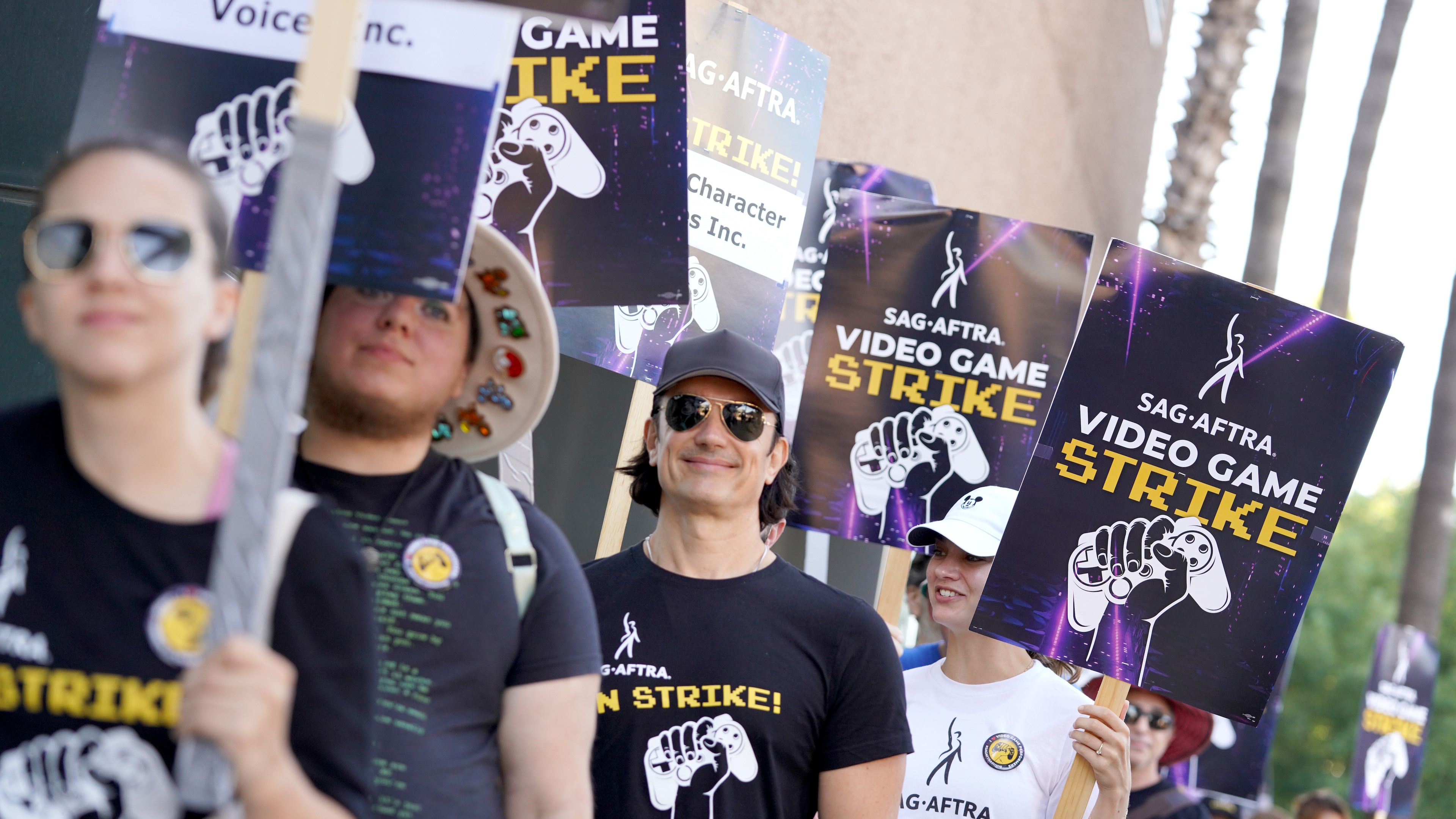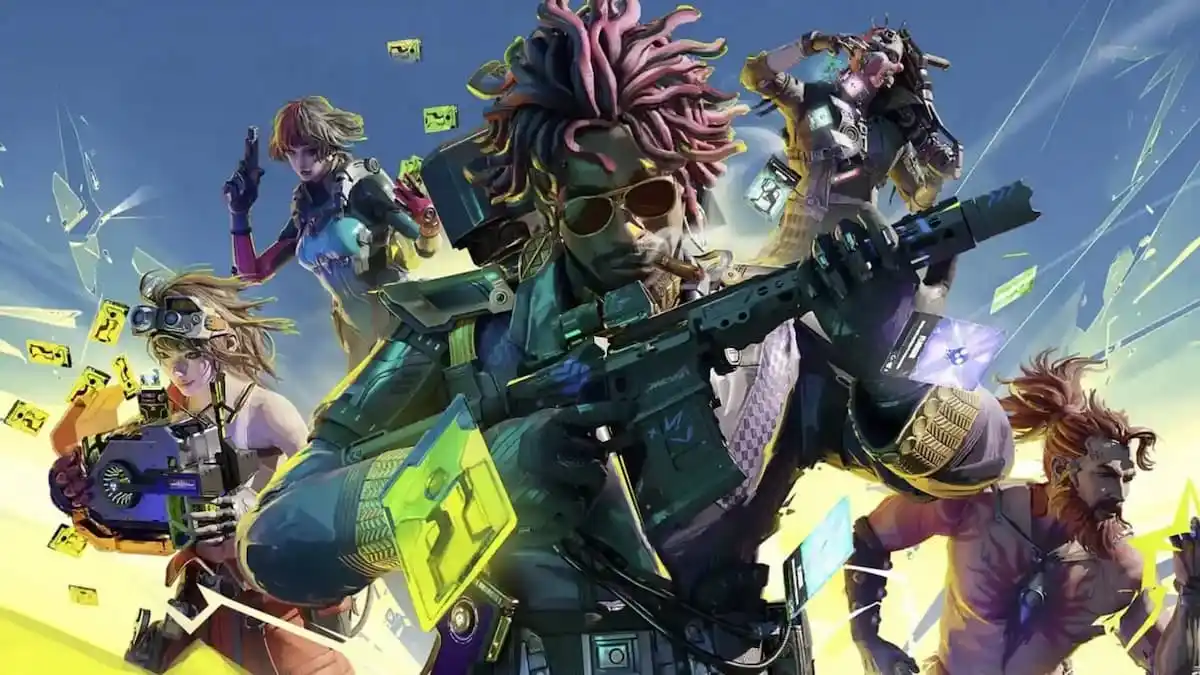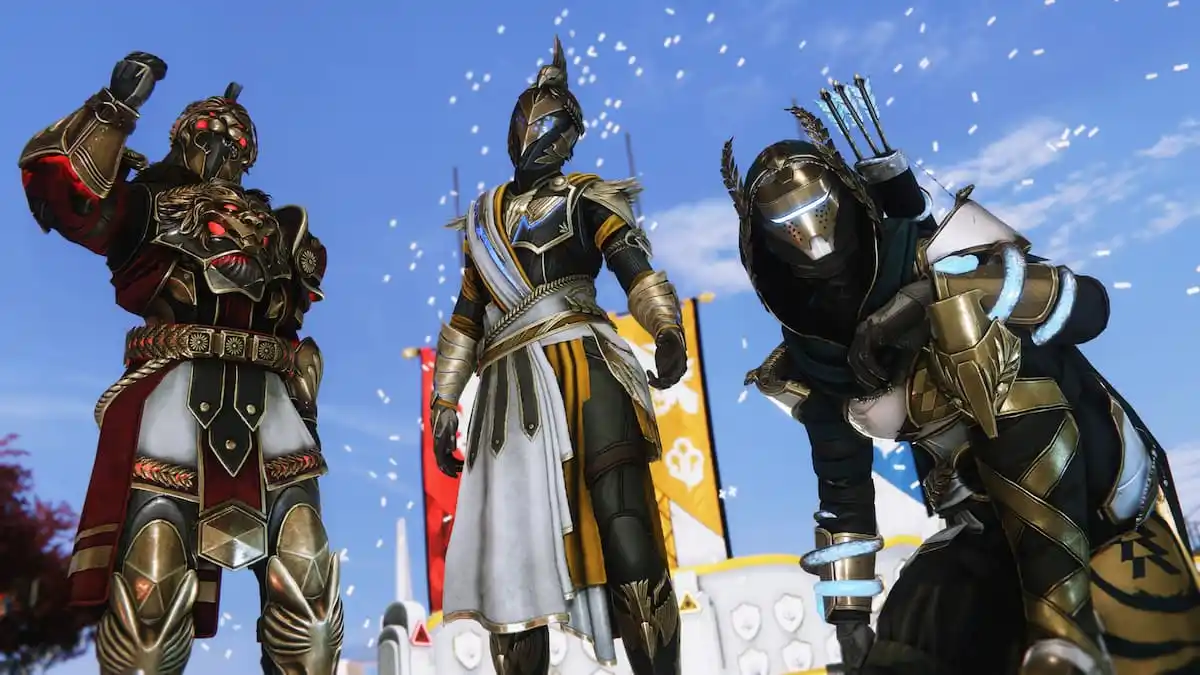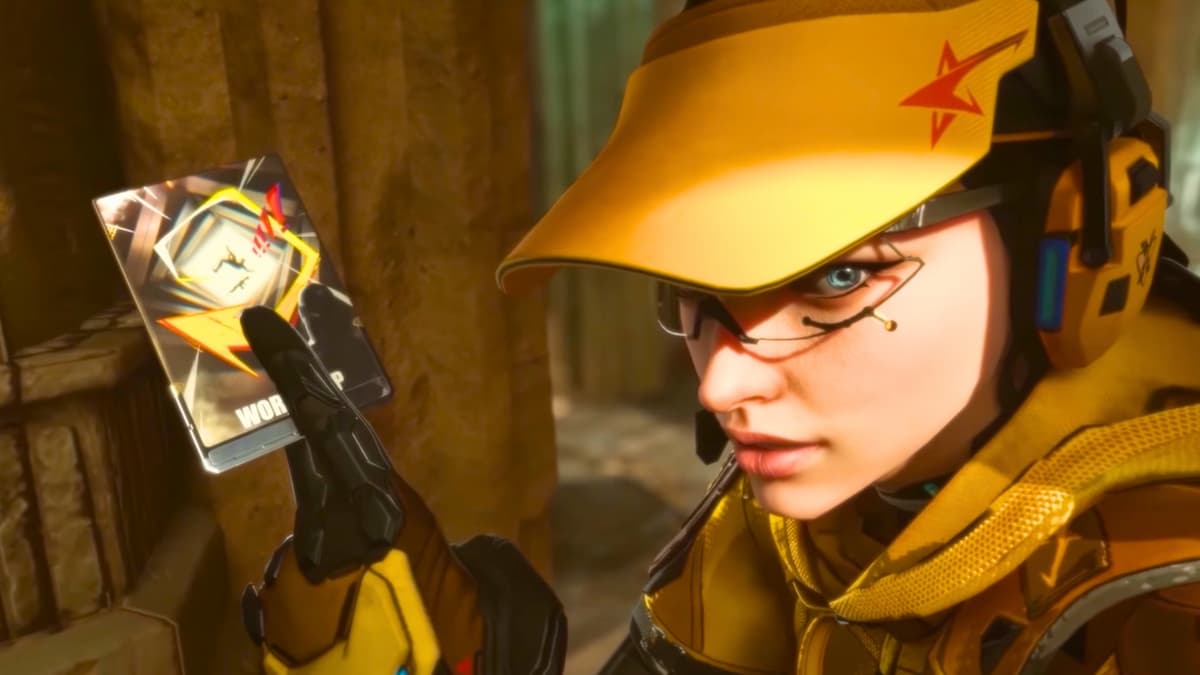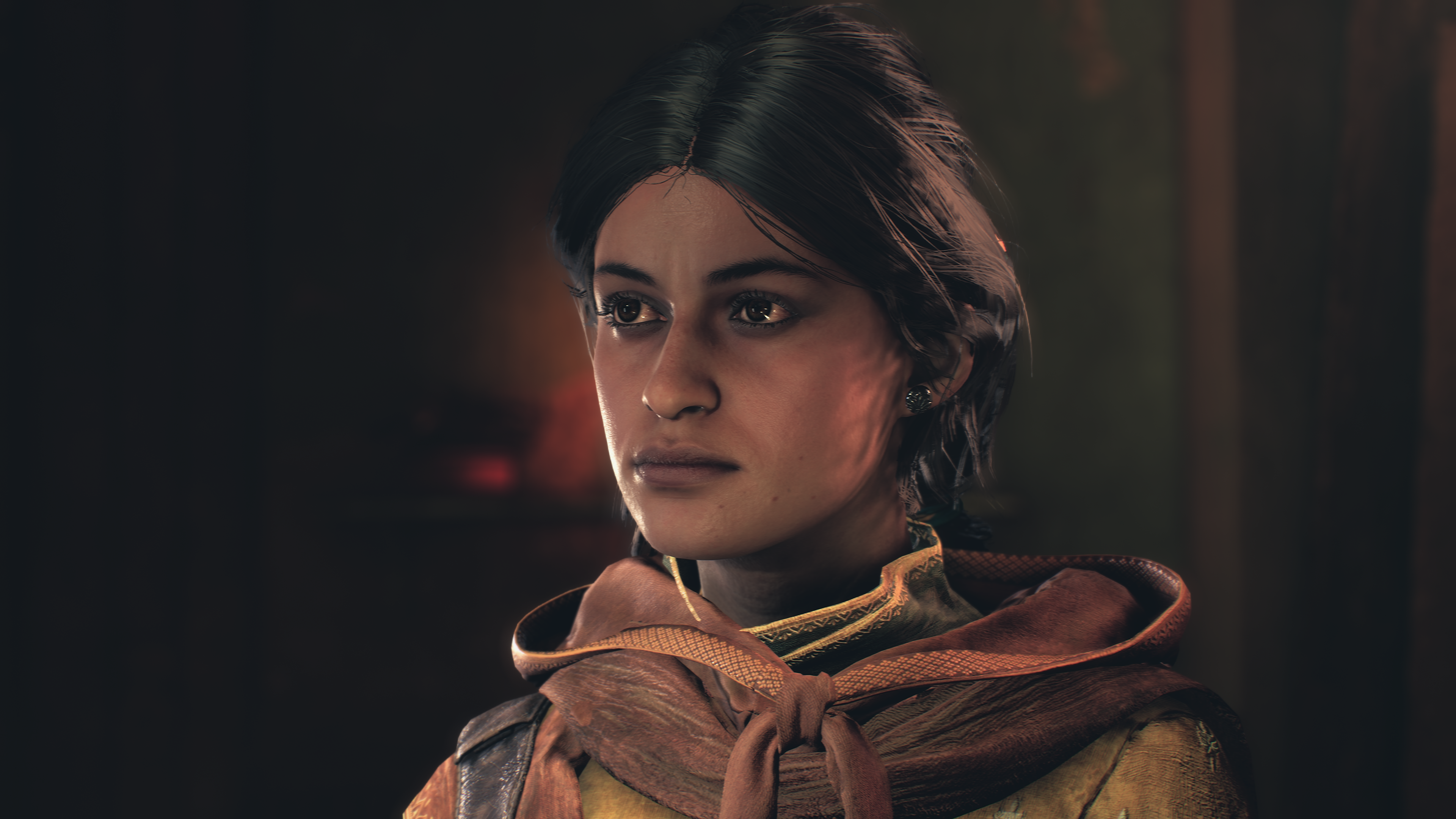
Linear singleplayer adventures never left us.
Those who love linear, narrative-driven, set-piece laden videogames might wish time had paused in 2013 (and don’t we all, for lots of reasons). The era dominated by the Xbox 360 was a good time for people who like to play rollercoaster videogames with frequent QTEs, barely interactive but beautiful worlds, and fat-free twelve hour runtimes. From the Tomb Raider reboot through to deep cuts like Neverdead, big publishers don’t release many games in this style anymore (and when they do they tend to regret it).
But big publishers be damned, because the tradition is far from dead. Look at Banishers: Ghosts of New Eden as a recent example: that would have been a 7-out-of-10 THQ gem in 2009. Or indeed, Immortals of Aveum could probably be a “cult classic” now if Ubisoft had doled it out in 2011. In the same spirit, Unknown 9: Awakening feels like it should have been released over a decade ago, in a way that will please some and elicit glazed eyes from others.
All the hallmarks are here. There’s a lot of climbing up obviously climbable surfaces in this videogame, and quite a bit of balancing across narrow ledges. There’s an abundance of objects behind which it’s possible to crouch, and lots of uniform length grass that it’s possible to shuffle undetected through. There are some faintly novel approaches to stealth here, in greater proportion, thankfully, to the rather-too-scrappy hand-to-hand combat. While playing I felt like I could have been in a behind-closed-doors E3 demo for an unannounced Bandai Namco potboiler (scheduled for release in “holiday 2010”) that would go on to get a 6/10 in Edge. I say all this fondly, rather than disparagingly, and it’s worth noting that Unknown 9 will be priced like a double A game.
The funny thing is that, despite its extremely double A vibe, Unknown 9: Awakening has some bold ambitions. It’s part of a big transmedia push involving comics, novels and podcasts. I’ve got one of the novels, and while I have no intention of reading it I can confirm it exists and that it’s not terribly written. The success of a transmedia operation here seems pretty remote, to be honest, but I was nevertheless pretty impressed by the atmosphere and narrative presentation in the game I’ve played so far.
I didn’t play enough to get a firm grip on the story, but here’s what I could gather: Protagonist Haroona is on a mission to get payback for the murder of her mentor Reika, who presumably had a hand in teaching Haroona her hectic superpowers (more on those later). She soon meets Luther, an elderly but nevertheless quick footed smart alec. The characterisation of these two was strong, in the sense that it was neither too humorlessly melodramatic or overly quippy (the two types of blockbuster videogame writing). Not only that, but the fictional Indian city of Chamiri where they meet is gorgeously lit, brilliantly colourful and bustling and, to be honest, as evocative as anything I’ve seen in a recent Assassin’s Creed game. While not quite as painterly, it did put me in mind of Dishonored 2’s sunkissed streets.
My hands-on mostly involved the adventures of these two, though I believe the whole narrative project revolves around shady occultish secret societies in a way that also recalls Assassin’s Creed.
While Unknown 9 is a pretty flexible action game it really feels like it’s meant to be played stealthily. Haroona can “step” into the bodies of her enemies, thus gaining brief control over them, all the better to make them hurt each other rather than Haroona. For example, if I see a sniper overseeing an arena full of grunts, I can become the sniper for a second and pop one in the head. Or, I can become one of the grunts and king hit one of my friends. Once I “stepped” into an enemy’s body, made them stand next to a red barrel, and then, as Haroona, triggered that barrel to explode, with self-evident consequences. This lends an almost real-time-with-pause tactical twist to combat.
(Image credit: Bandai Namco)
(Image credit: Bandai Namco)
(Image credit: Bandai Namco)
(Image credit: Bandai Namco)
It’s an interesting idea that will need time to develop, I’m guessing; in the build I played the problem solving possibilities weren’t explored beyond the usual process-of-elimination style arena clearing. It also has some frustrating limitations, especially on a couple of occasions when I had a single enemy left to contend with in an out of the way area. Why can’t I make the baddies suicide? Why can’t I make baddies toggle switches controlling security alarms?
In addition to stepping, the relevant resource can also be spent on the shroud ability, which grants momentary invisibility, and also a push or pull ability which does the obvious to enemies. The amount of time I had to “step” increased marginally during my time with the game; it definitely felt more fun once I had more time up my sleeve to get to the other side of the arena as a grunt and clock a sniper in the face.
I can see how this could also translate into a fun action-centric system (in a way that reminds me of Dishonored’s blink or even the Trickster from Outriders) but it only really blossomed as a stealth mechanic during my time with the game. The game will likely succeed or fail on whether these systems are properly fleshed out or not.
Did I like what I played? Yeah, it was pretty good. Slightly better than “fine”. But it’s not going to set the world alight, which it probably needs to do if this whole transmedia push is going to work. The final game releases on October 17, so we’ll find out then whether it’s anything more than just a fun throwback.


